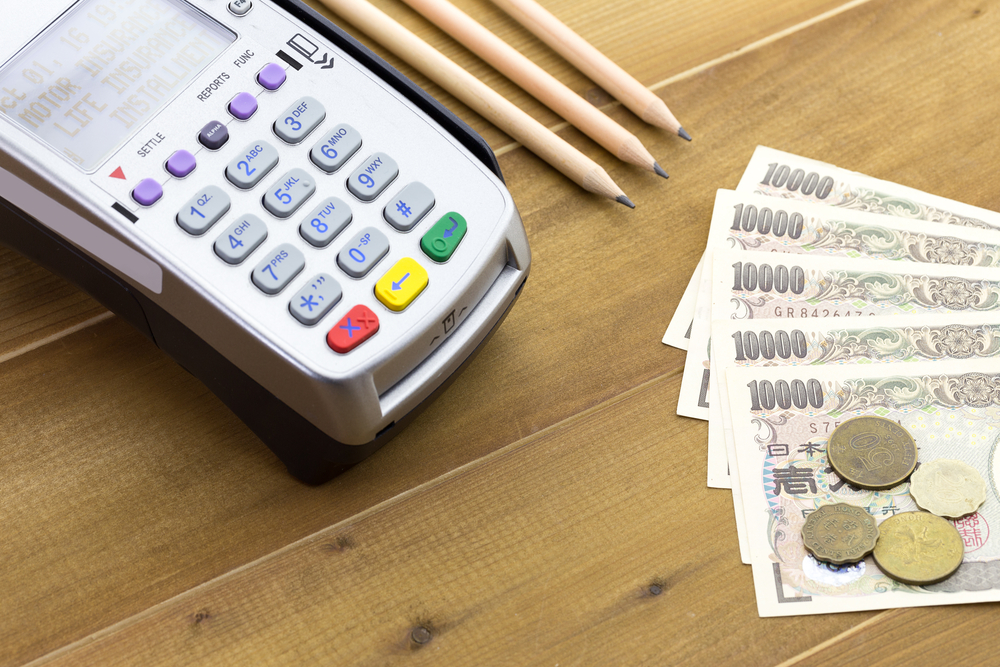While Bitcoin Booms, Japan Aims to Double Digital Payments

The government of Japan has set a growth strategy for financial technologies (FinTech), one that aims to double the adoption rate of digital payments over the next decade in the country.
Japan is lagging behind its Asian counterparts when it comes to cashless payments, particularly against the likes of China and Korea – which see over 50% of their societies embracing cashless payments. In comparison, the current adoption rate of digital payments is a relatively measly 19%. Japanese authorities are clearly seeing a growth opportunity for FinTech payments, particularly during the run-up to Japan hosting a global event with the 2020 Tokyo Olympics.
According to a report by the Nikkei , Japan’s Financial Services Agency (FSA) – the country’s financial regulator and the Ministry of Economy, Trade and Industry (METI), are involved in the development of a FinTech growth strategy to be compiled this month.
Roughly 90% of Japan’s hotel and accommodation industry accept card payments. Less than 70% of the country’s supermarkets accept cards and that number falls even further with about half of the country’s taxis accepting cards, according to the report. Small businesses, in particular, haven’t signed on due to an expensive onboarding process where credit card payment terminals cost ¥100,000 (approx. $900) to install, aside from monthly fees for their lease. This makes another reason why Japan’s bitcoin industry sees the wider retail economy to be particularly ripe for disruption by bitcoin payments.
The wider plan to promote FinTech will ultimately target a 40% adoption rate of cashless payments, pulling it level to the likes of the United States.
FinTech Goals
Among other efforts, Japan’s government will subsidize installation fees for cashless payment facilities including card payment terminals that work with credit cards as well as widely-adopted ‘smart’ cards like public transit cards. The government will also push businesses to simply transactions by promoting digital receipts. Come 2020, Japan will hope to see all metropolitan regions and tourist destinations accept cashless payments.
Furthermore, in 2018, the near 3,000 ATMs operated by Japan’s three ‘megabanks’ – all of whom who are also investors in Tokyo-based bitcoin exchange bitFlyer – will also enable users to exchange foreign currency using foreign-issued cards.
The FinTech forward agenda will also see 80 Japanese banks, more than half of the country’s total, allow third-party developers into their systems using API access to innovative with new services in areas such as remittance and payments.
Bitcoin- and Blockchain-Forward Regulators
The FSA played a significant role in Japan’s recognition of bitcoin as a legal method of payment akin to prepaid cash cards or gift certificates. In February 2016, the country’s financial regulator began considering legislative revisions to recognize digital currencies like bitcoin as the digital equivalents of conventional currencies. The following month, a bill that official recognized bitcoin as the equivalent of money was passed and ultimately went into effect in April this year.
In May last year, Japan’s legislative body passed a bill to regulate bitcoin and virtual currency exchanges that will fall under the purview of the FSA. The FSA is reportedly seeing nearly 20 applications for licenses for bitcoin exchanges at a time when industry executives estimate up to 300,000 Japanese storefronts accepting bitcoin this year. The anticipation of disruption by digital currencies in the country sees MUFG, Japan’s largest bank, planning to transform a credit card unit into a digital currency management platform.
Meanwhile, METI- the country’s industry ministry has published its evaluation process for blockchain technologies, an innovation widely expected to disrupt and transform a number of industries in finance and beyond.
Featured image from Shutterstock.